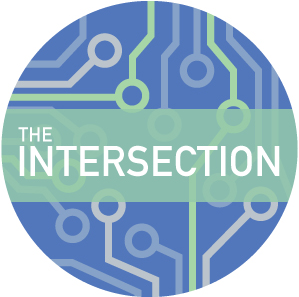Leading change — whether big or small — takes guts.
Let’s be honest, it isn’t always welcomed with open arms, and the road to change can be long, tiring and fraught with pushback. But the most effective change agents find ways to inspire others to take the journey with them and get involved.
“I think all too often we see people, either existing or parachuting into an organization, and they have a lot of passion,” said David Bray, Chief Information Officer at the Federal Communications Commission and government chair of this year’s Executive Leadership Conference. “However, in trying to make change they create a whole lot of heat and light, but they don’t actually move the car forward. That can actually result in change fatigue both for the organization and for the person.”
To be clear, anyone can be a change agent. It doesn’t require explicit permission from your boss or a title. But if you’re going to be a change agent, make sure you have a strategy for managing the friction associated with your change.
“We’re all going to have blind spots,” Bray said. “We all have different lenses on how we look at different issues and challenges and solutions. If you’re going to be a key change agent, make sure you cultivate a diversity of perspectives, including people that don’t always agree with you.”
People are usually quick to explain why something is a good idea, but they don’t always consider why it may be a bad idea. The reality is no one wants to think that their ideas, their change, isn’t a good one.
Bray approaches this touchy topic by asking his team to come up with at least three reasons why an idea may not be a good one. Together they work through the best approach to overcome those obstacles and address the issues — both real and perceived. Here are some of the reasons why your great idea may not be viewed so favorably:
Maybe you’re trying to change a process that has been done a particular way for years. Maybe someone feels like they’re losing control, or they’re worried that a new, automated workflow will threaten their job. The list goes on.
“We’ll work through those reasons why, and then I’ll invest in [addressing] them,” Bray said. “That filtered way of thinking is so key to being a good change agent. If you’re going to positively disrupt any organization, public sector or private sector, make sure you understand the existing landscape and have a sense of how your disruption will be felt across the organization and how you’re going to manage that friction.”
If you’re a manager leading change, Bray noted that while you have expectations of your team, keep in mind they also have expectations of you. His advice: Be a good communicator. Be fair and listen. Consider and incorporate feedback you get from your team.
“That takes organizational empathy,” Bray said. “If you don’t have it, it can very quickly become command and control, or it can become alienating, or it becomes our team versus another team. That is not the right narrative for creating change in an organization.”
In the next Intersection post, slated for Nov. 1, we’ll share more insights from Bray on organizational empathy and what that looks like at the FCC.





Great topic, though the substance is light.
I’d like to hear more insight on how to manage the friction.
Hi Dianna, thanks for the feedback. I provided a few examples for handling friction, but everyone approaches this differently. Is there a particular type of friction or incident you have in mind?